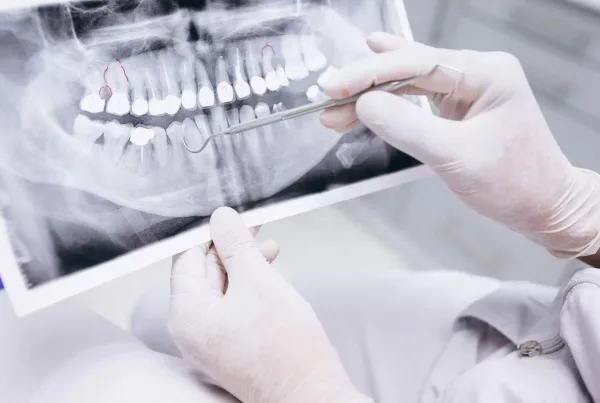The age at which someone can get a dental implant varies depending on several factors, including overall health, bone density, and oral hygiene. In general, dental implants can be placed in adults once they have reached skeletal maturity, which is typically between the ages of 17-25 years old. However, there is no upper age limit for dental implants, and older adults can also benefit from this treatment.
Before placing a dental implant, the dental professional will evaluate the patient’s overall health, oral hygiene, and bone density to determine if they are a good candidate for the procedure. Patients with chronic health conditions, such as diabetes or heart disease, may need to be evaluated and cleared by their physician before getting a dental implant.
Bone density is an essential factor to consider when placing a dental implant. Adequate bone density is necessary to support the implant and ensure its long-term success. If a patient has experienced bone loss in the jaw due to aging or other factors, they may require a bone grafting procedure to build up the bone density before the implant can be placed.
Overall, the suitability for dental implant treatment depends on individual factors, and a dental professional will evaluate each patient’s unique situation to determine the best course of treatment. Patients of any age can benefit from dental implant treatment as long as they are in good overall health and have adequate bone density to support the implant.
There are several types of dental implants available, each designed to meet the specific needs of individual patients. Here are some of the most common types of dental implants:
- Endosteal implants: These are the most common type of dental implants and are placed directly into the jawbone. Endosteal implants are typically made of titanium and are shaped like screws or cylinders.
- Subperiosteal implants: These implants are placed under the gum tissue but above the jawbone. They are used for patients who do not have enough healthy jawbone to support traditional endosteal implants.
- All-on-4 implants: This type of implant is used for patients who need to replace an entire arch of teeth. All-on-4 implants use only four strategically placed implants to support a full set of replacement teeth.
- Zygomatic implants: These implants are used for patients who have severe bone loss in the upper jaw. Zygomatic implants are anchored to the cheekbone rather than the jawbone.
- Mini implants: Mini implants are smaller in diameter than traditional implants and are used for patients who have less jawbone density.
- Immediate load implants: These implants are designed to support a temporary crown or bridge immediately after placement, allowing the patient to leave the office with a functional smile.
Each type of dental implant has its own unique advantages and disadvantages, and a dental professional will evaluate the patient’s individual needs and recommend the best option for them. The type of implant used will depend on factors such as the location of the missing tooth or teeth, the amount of available bone, and the overall health of the patient.





